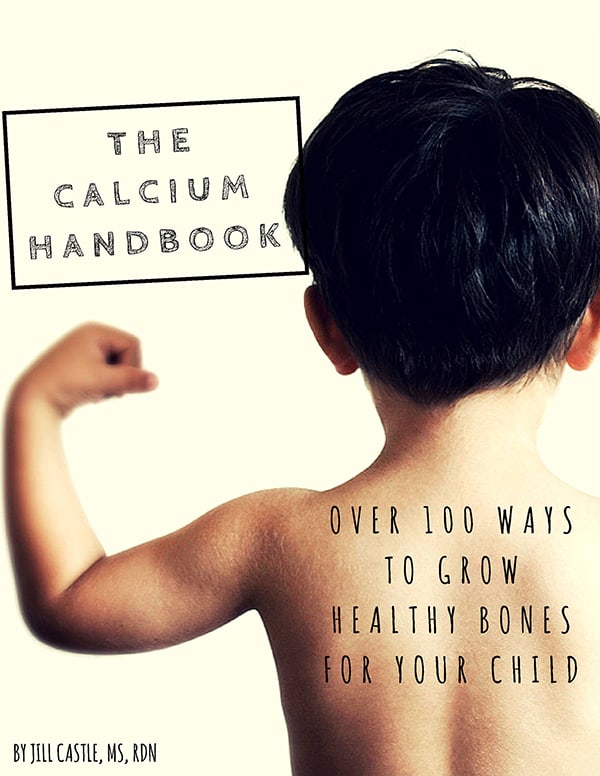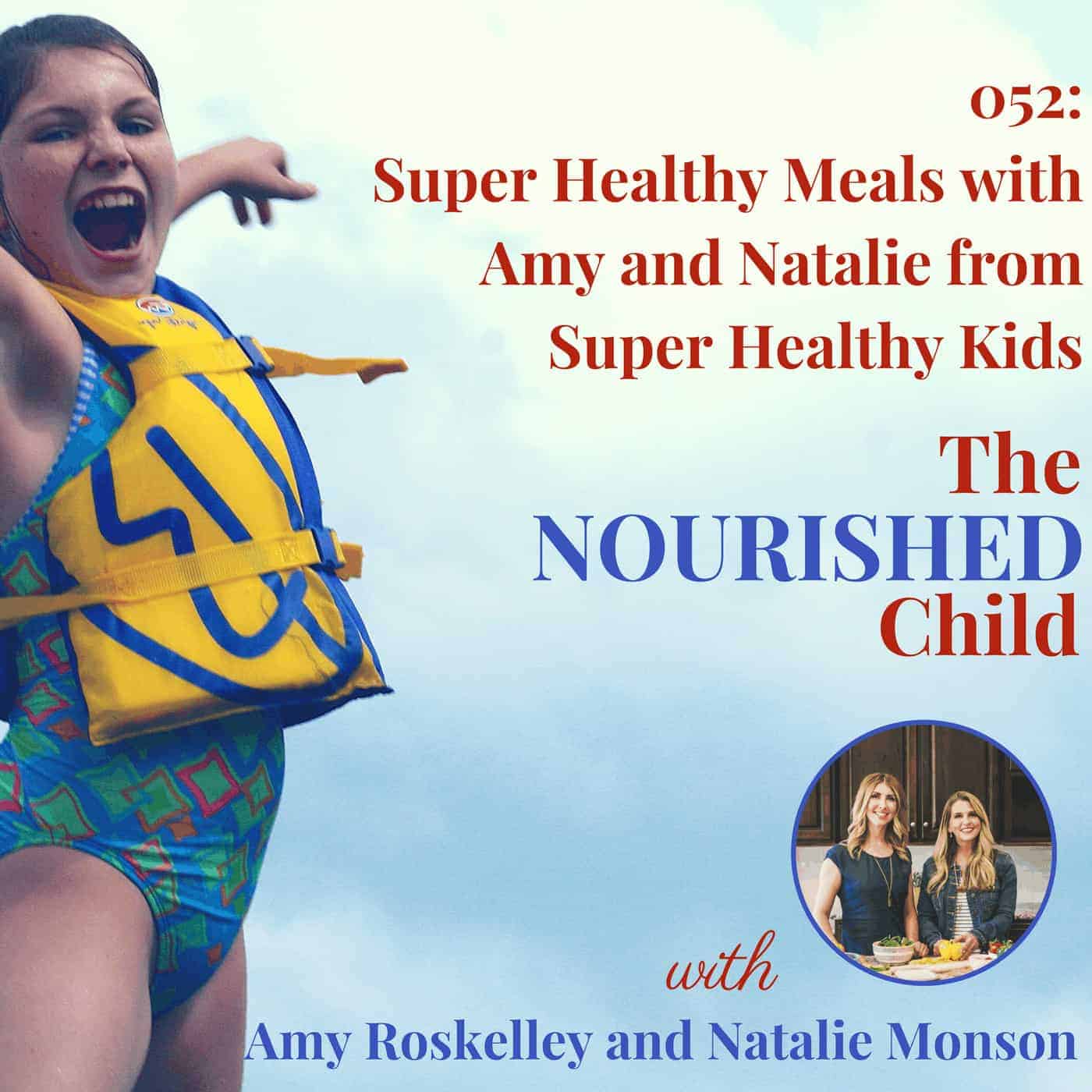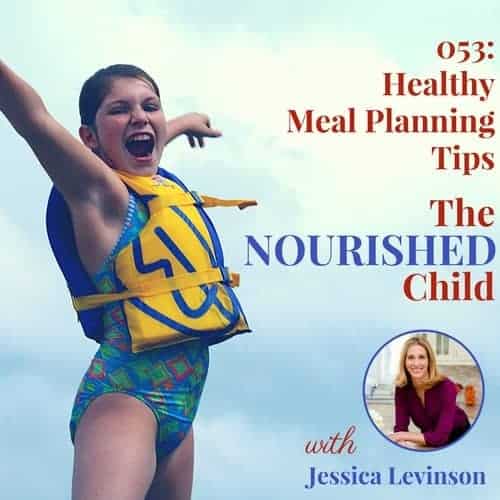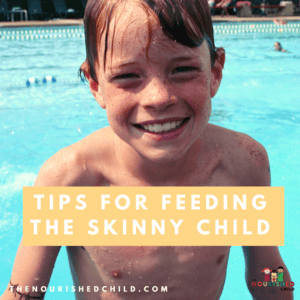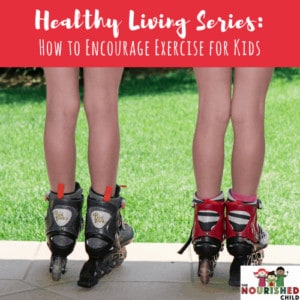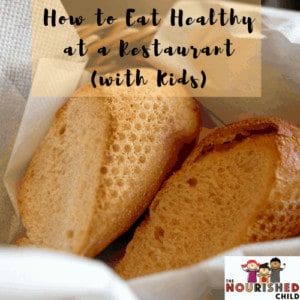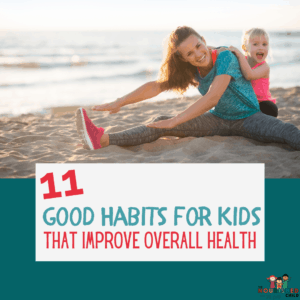Lactose Free Kids: The Practical Guide for Dairy Intolerance
March 7, 2018
Lactose intolerance in children can be a sneaky condition to figure out. Learn about the signs and symptoms in kids and what you can do.
My son periodically complained of tummy aches when he was younger.
As he got older, he started to request we not go to the local Mexican restaurant. Cheese hurt his tummy.
He’d have terrible gas pains after eating queso, doubled over in pain. He’d have to lay down with a pillow under his tummy.
By middle school, he had learned that eating or drinking certain foods were problematic. He did a good job of avoiding them.
Cheese was out. By high school, milk was out.
Clearly, his lactase production was in short supply.
What is Lactase?
Lactase is an enzyme that digests the milk sugar called lactose. When you are lactose intolerant, you don’t have enough lactase enzyme to break down lactose.
Although we never did a lactose tolerance test, as a childhood nutrition expert, I knew from experience and my son’s history of symptoms that lactose intolerance was the issue.
At that time, I decided to remove all milk and cheese from his diet. I converted our family over to lactose-free milk.
Now, he follows a lactose-free diet. We both read food labels when we’re not sure, but honestly, sources of lactose are pretty easy to identify. Now, he rarely complains of a tummy ache and is able to enjoy dairy foods that are lactose-free or modify his diet using a lactase enzyme (a lactase pill which aids in digestion of lactose when eaten).
Read on for a better understanding of lactose intolerance in children, the symptoms, and which foods may be problematic for your child.
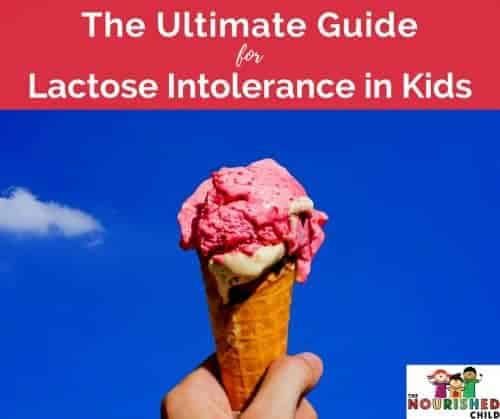
Lactase Enzyme Production: A Key to Digesting Milk Products
Lactase is an enzyme that lives in the small intestine. As mentioned, it helps the body break down lactose, the natural sugar found in milk and milk products.
Most kids make enough lactase enzyme to digest dairy foods, but some kids don’t make enough.
When lactase production is low or doesn’t exist, even a small amount of lactose can cause bloating, gas and diarrhea. For some kids, these symptoms may occur immediately.
Is Lactose Intolerance a Food Allergy?
Lactose intolerance is not a food allergy. It is a digestive issue. The symptoms of intolerance result in gas, bloating, abdominal pain and diarrhea.
With food allergies and when children are allergic to milk, they have an immune response to the protein in milk (not the sugar) which may lead to rash, hives, swelling and perhaps anaphylaxis.
Lactose Intolerance in Kids is Uncommon
In my practice, I’ve met several little people with lactose intolerance. Oftentimes, their families don’t recognize the symptoms as lactose intolerance.
Once I educate them and we make some dairy food changes, these kids become much more comfortable.
With good nutrition counseling, families can be satisfied their kids are still getting the important bone nutrients they need.
Although this condition is uncommon in kids, there are some kids that will struggle with symptoms. Let’s dig in to a helpful resource for lactose intolerance.
Prevalence of Lactose Intolerance in Toddlers and Kids
If your child develops an intolerance to lactose, it will probably show up after age three, when the levels of lactase production begin to decrease.
According to the American Academy of Pediatrics (AAP), 20% of Hispanic, Asian, and black children under age 5 years may show symptoms of lactose intolerance. White children typically develop symptoms after age 4 or 5 years.
What is Lactose?
Lactose is the carbohydrate found in milk and milk products, such as yogurt, cheese and ice cream.
When kids can’t tolerate lactose, they have digestive problems. As mentioned, milk allergy is an immune reaction to the protein in milk.
Lactase Enzyme Breaks Down Lactose
During digestion, lactose is broken down by lactase enzyme in the small intestine.
Lactase breaks the carbohydrate lactose down into two simple sugars: glucose and galactose.
These smaller sugars are absorbed in the small intestine.
When there is not enough lactase production, lactose cannot be broken down. As a result, symptoms occur like stomach cramps or diarrhea.
These symptoms are referred to as an intolerance.
Some kids may have a temporary lactose intolerance due to a viral infection like the stomach bug.
Others can experience lactose intolerance with digestion problems like celiac disease or Crohn’s disease.
Many who have lactose intolerance experience it their entire lives.
Am I Lactose Intolerant?
The symptoms of lactose intolerance include nausea, abdominal pain due to gas, tummy cramps, bloating, loose stools, and diarrhea.
If your child is lactose intolerant, the symptoms may vary. Lactose intolerance is dose-dependent.
That is, the more dairy your child consumes, the worse the symptoms may get.
Symptoms may occur immediately after drinking milk or eating dairy products, or they may be delayed for hours.
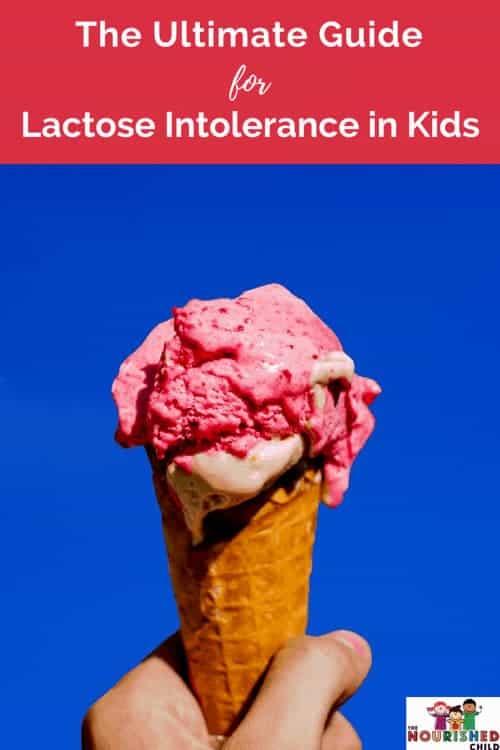
Which Foods Contain Lactose?
Many foods contain lactose. Medications can contain lactose, too.
You’ll want to read the ingredient list on food labels for words such as milk, lactose, whey, curds, milk by-products, dry milk solids, and nonfat dry milk powder to pinpoint lactose ingredients.
Milk, cheese, yogurt, ice cream, sour cream, cottage cheese and other dairy products are sources of lactose.
Lactose Content of Selected Foods
| FOOD | LACTOSE CONTENT (g) |
| Milk, whole, 1 cup | 12.8 |
| Milk, reduced fat, 1 cup | 12.2 |
| Yogurt, plain, low fat, 1 cup | 8.4 |
| Ice cream, vanilla, ½ cup | 4.9 |
| Cottage cheese, 1 cup | 1.4 |
| Cheddar cheese, 1 oz | 0.07 |
| Swiss cheese, 1 oz | 0.02 |
Why Can My Child Eat Some Dairy Foods and Not Others?
Not all food sources of lactose will cause problems. For example, milk and certain cheeses are problematic for my son, but yogurt and some ice creams are fine.
[Read: How to Choose the Best Kids Yogurt]
Cheddar cheese is very low in lactose and often tolerated by children who are lactose intolerant.
Also, the presence of other foods in the meal, such as cheese on a sandwich or premium ice cream with a high fat content, may minimize symptoms.
Lactose Free Diet for Kids
If you suspect your child is lactose intolerant, I recommend a time-limited removal of lactose from their diet for 2 weeks.
During this elimination diet, you can see if the symptoms of gas, diarrhea and cramping disappear. If they do disappear, it’s likely your child is lactose intolerant.
The true test is to re-introduce lactose and watch for any of your child’s symptoms return.
If any symptoms do recur, a lactose intolerance is confirmed.
You can also have your child’s pediatrician test him for lactose intolerance using a hydrogen breath test. Some people refer to this as a lactose tolerance test.
Should I Change my Child’s Diet?
Yes, if your child has a confirmed lactose intolerance, you will need to change their diet to remove discomfort and symptoms.
The first step is to take out all sources of lactose in the diet that cause problematic symptoms, including cow’s milk and dairy products.
The second step is to find nutritious substitutions for those items you’re removing:
| If you remove… | Substitute with… |
| Milk | Lactose-free or lactose-filtered milk;
Alternate milks, such as soy or almond milk may be used, however, some of the available alternate milks are poor sources of protein and calories |
| Cheese | Lactose-free cheese
*some aged cheeses such as Cheddar, Colby and Swiss may be tolerated |
| Yogurt | Lactose-free yogurt or yogurt with live cultures may be tolerated |
| Ice cream | Sorbet, Italian ice |
See my list of alternate milks and their nutritional content for a nutritional comparison of the popular milk alternatives.
How to Include Lactose in Your Child’s Diet
- Small portions of lactose-containing foods (4 to 8 ounces) spaced throughout the day and consumed with other foods may be okay.
- Some children can drink 1 to 2 glasses of milk each day without difficulty, but if more is consumed, symptoms may occur.
- Some lactose-intolerant kids who can’t drink milk may be able to tolerate chocolate milk. Chocolate milk moves more slowly through the digestive system, reducing symptoms.
- Yogurt may be tolerated (plain better than flavored). The bacteria in the yogurt partially digests the lactose.
- Yogurt is also a semisolid, which means it moves more slowly through the digestive tract.
- Eating other solid foods may slow down digestion. This gives more time for the lactase enzyme to break down lactose.
- Hard cheeses and aged cheeses tend to have lower lactose content than other cheeses and may be better tolerated.
- In addition to these food modifications, you may want to try a lactase enzyme supplement. Take it with lactose-containing foods to help digest them and reduce symptoms.
How Will My Child Get Enough Calcium on a Dairy-Free Diet?
There are plenty of calcium foods and a variety of lactose-free options available today.
For example, lactose-free milk, cheese and yogurts are easily found in the supermarket and are good sources of calcium.
Non-dairy sources of calcium are also available, such as spinach, broccoli, kale, almonds, white beans, salmon, and calcium-fortified orange juice.
Although these dairy-free foods contain calcium, you need to consider the quantity and variety your child eats so he matches his daily needs for calcium.
Children who avoid milk and dairy products may be at risk for low calcium intake compared to what is needed for bone development. Check with your healthcare provider about a calcium supplement.
Do you have questions or concerns about matching your child’s calcium requirements?
Check out my book: The Calcium Handbook: 100 Ways to Grow Healthy Bones. It answers all your questions about calcium nutrition and helps you plan meals and snacks for enough calcium intake.
Do you have a child with lactose intolerance? How are you managing it?
This post was created in partnership with the dairy families of New England.
For information about the dairy farm families of New England, school nutrition, and health and wellness topics, please visit New England Dairy & Food Council and Must Be the Milk.

